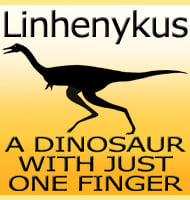Litorosuchus
In Depth The name Litorosuchus means ‘littoral crocodile’, reference to the littoral (coastal) habitat that Litorosuchus is thought to have lived in. Litorosuchus measured about two meters long, though just over half of this was tail. The vertebrae of the tail had strongly developed and enlarged neural arches, and these combined with the proportionate length … Read more
